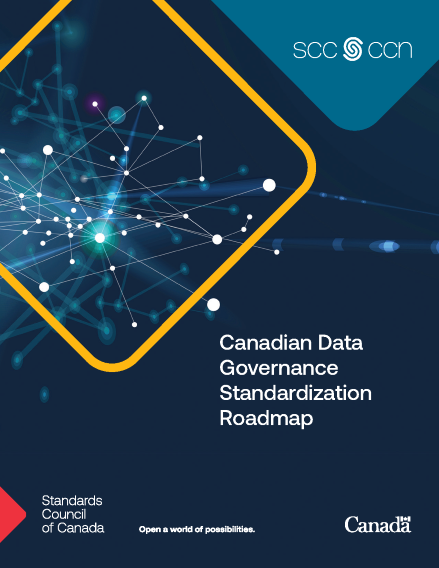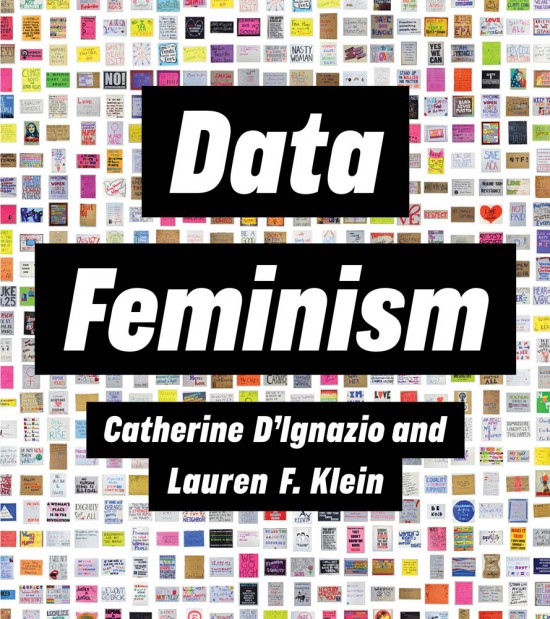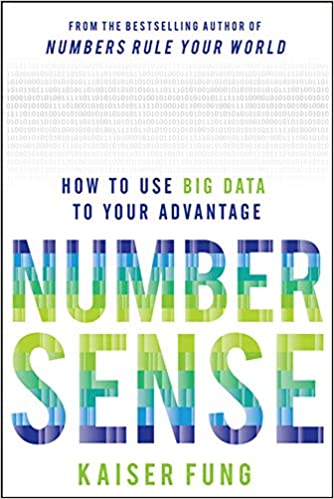Important: The GCConnex decommission will not affect GCCollab or GCWiki. Thank you and happy collaborating!
Difference between revisions of "Discover more about data"
Sharon.twiss (talk | contribs) m |
Sharon.twiss (talk | contribs) m |
||
| Line 108: | Line 108: | ||
<p class="author">by Alden Chen, Statistics Canada</p> | <p class="author">by Alden Chen, Statistics Canada</p> | ||
<p>Data visualization is a key component in many data science projects. For some stakeholders, especially subject matter experts and executives who may not be technical experts, it is the primary avenue by which they see, understand and interact with data projects. Consequently, it is important that visualizations communicate insights as clearly as possible. But too often, visualizations are hindered by some common flaws that make them difficult to interpret, or worse yet, are misleading. This article will review three common visualization pitfalls that both data communicators and data consumers should understand, as well as some practical suggestions for getting around them.</p> | <p>Data visualization is a key component in many data science projects. For some stakeholders, especially subject matter experts and executives who may not be technical experts, it is the primary avenue by which they see, understand and interact with data projects. Consequently, it is important that visualizations communicate insights as clearly as possible. But too often, visualizations are hindered by some common flaws that make them difficult to interpret, or worse yet, are misleading. This article will review three common visualization pitfalls that both data communicators and data consumers should understand, as well as some practical suggestions for getting around them.</p> | ||
| + | <p class="recco">Recommended by the Office of the CIO of Canada, Treasury Board of Canada Secretariat, a GC Data Community partner</p> | ||
| + | |||
<h3 style="text-decoration:none;">That</h3> | <h3 style="text-decoration:none;">That</h3> | ||
<p>Description</p> | <p>Description</p> | ||
Revision as of 11:36, 30 January 2022
Register now Conference agenda Conference speakers
Brought to you by Statistics Canada and the Canada School of Public Service with support from the GC Data Community
Discover more about data
Learning
Digital Academy's Discover Series: Discover Data
An introduction to data in the Government of Canada: Discover how the data revolution is shaping government today and how the effective use of data creates opportunities to improve programs and services for Canadians.
How Data Literate Are You? (online, self-paced)
A Self-Directed Guide to Understanding Data (online, self-paced)
The Role of Data in Digital Government (virtual classroom)
Books and reports
Canadian Data Governance Standardization Collaborative Roadmap (June 2021)
The Canadian Data Governance Standardization Roadmap tackles the challenging questions we face when we talk about standardization and data governance. It describes the current and desired Canadian standardization landscape and makes 35 recommendations to address gaps and explore new areas where standards and conformity assessment are needed.
SCC established the Canadian Data Governance Standardization Collaborative in 2019 to accelerate the development of industry-wide data governance standardization strategies. The Collaborative spent the past two years working together to build a standardization Roadmap. The Canadian Data Governance Standardization Collaborative is a group of 220 Canadians across government, industry, civil society, Indigenous organizations, academia, and standards development organizations.
Recommended by the Standards Council of Canada, friend of the GC Data Community
Data Feminism: A new way of thinking about data science and data ethics that is informed by the ideas of intersectional feminism.
Today, data science is a form of power. It has been used to expose injustice, improve health outcomes, and topple governments. But it has also been used to discriminate, police, and surveil. This potential for good, on the one hand, and harm, on the other, makes it essential to ask: Data science by whom? Data science for whom? Data science with whose interests in mind? The narratives around big data and data science are overwhelmingly white, male, and techno-heroic. In Data Feminism, Catherine D'Ignazio and Lauren Klein present a new way of thinking about data science and data ethics—one that is informed by intersectional feminist thought.
Data Feminism offers strategies for data scientists seeking to learn how feminism can help them work toward justice, and for feminists who want to focus their efforts on the growing field of data science. But Data Feminism is about much more than gender. It is about power, about who has it and who doesn't, and about how those differentials of power can be challenged and changed.
Recommended by the Office of the CIO of Canada, Treasury Board of Canada Secretariat, a GC Data Community partner
Numbersense: How to Use Big Data to Your Advantage
We live in a world of Big Data--and it's getting bigger every day. Virtually every choice we make hinges on how someone generates data . . . and how someone else interprets it--whether we realize it or not. The problem is, the more data we have, the more difficult it is to interpret it. From world leaders to average citizens, everyone is prone to making critical decisions based on poor data interpretations.
Numbersense gives you the insight into how Big Data interpretation works--and how it too often doesn't work. You won't come away with the skills of a professional statistician, but you will have a keen understanding of the data traps even the best statisticians can fall into, and you'll trust the mental alarm that goes off in your head when something just doesn't seem to add up.
Recommended by the Office of the CIO of Canada, Treasury Board of Canada Secretariat, a GC Data Community partner
Articles
Creating Compelling Data Visualizations
Data visualization is a key component in many data science projects. For some stakeholders, especially subject matter experts and executives who may not be technical experts, it is the primary avenue by which they see, understand and interact with data projects. Consequently, it is important that visualizations communicate insights as clearly as possible. But too often, visualizations are hindered by some common flaws that make them difficult to interpret, or worse yet, are misleading. This article will review three common visualization pitfalls that both data communicators and data consumers should understand, as well as some practical suggestions for getting around them.
Recommended by the Office of the CIO of Canada, Treasury Board of Canada Secretariat, a GC Data Community partner
That
Description
Websites to check out
This
Description
That
Description
Tools to try
This
Description
That
Description
People to follow
This
Description
That
Description
GC Data Community | Contact us | Subscribe | Join us on GCcollab | GC Data Community Partners





